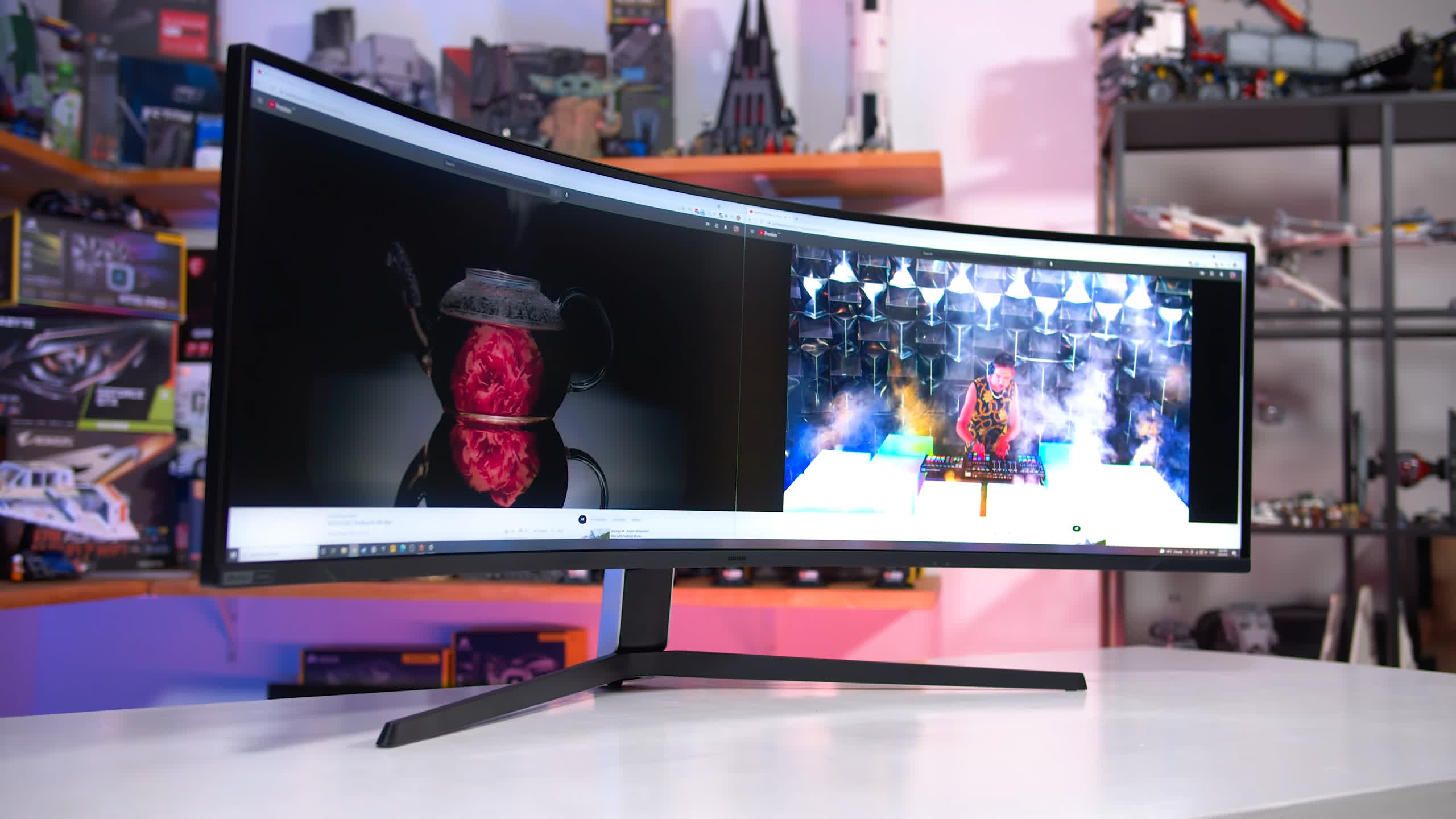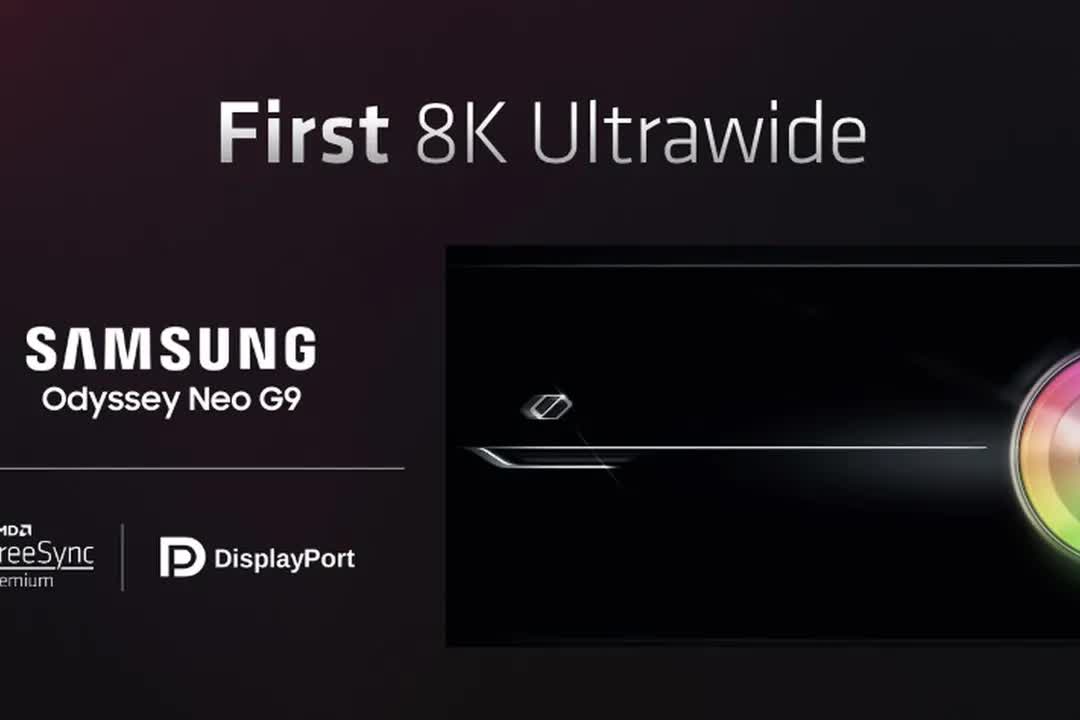Something to look forward to: AMD held its RDNA 3-reveal livestream yesterday, unveiling new graphics cards, technologies, and more. Among the announcements was news that Samsung is building a successor to the monstrous Odyssey Neo G9, its 49-inch, 5,120 x 1,440 display. This one, however, is said to be the first 8K ultrawide gaming monitor.
AMD's Together We Advance_Gaming livestream, which you can watch in its entirety here, focused heavily on the 8K capabilities of the Radeon RX 7900 XTX. Illustrating the benefits of DisplayPort 2.1, Team red showed off graphs claiming the card can hit 96 fps@8K in the next Assassin's Creed Valhalla expansion, though the caveat is that it is using FSR, not natively. With an 8K ultrawide display, that figure reaches 190 fps in Call of Duty: Modern Warfare 2.
AMD also confirmed that companies including Dell, Asus, Acer, and LG would be releasing high-resolution DisplayPort 2.1 monitors next year. It added that the first 8K ultrawide would be the next Odyssey Neo G9.
It's important to note that standard 8K on a 16:9 display is 7,680 × 4,320, or four times the total pixels of 4K. However, the 8K part in a 32:9 ultrawide monitor only applies to the horizontal dimension, making it 7,680 x 2,160, or about half the pixel count of true 8K.

We love the current "5K" Odyssey Neo G9, which features a 5,120 x 1,440 VA panel with a 1000R curvature, a mini-LED backlight, and a 240Hz refresh rate. It also carried a massive $2,500 price tag at launch, so this "8K" version will probably be even more expensive.
While having a monitor with twice (in the upcoming Odyssey's case) the number of pixels as 4K sounds impressive, there's the question of diminishing returns when reaching these FSR-enabled resolutions. YouTube tech channel Linus Tech Tips recently made a video on the subject and found that most people couldn't tell the difference between 4K and 8K in games. Still, some PC owners will just be happy with those all-important bragging rights.
